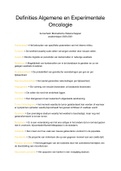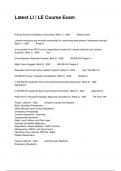Other
A* OCR Classical Civilisation A-Level Notes (Greek Religion)
- Course
- Institution
- Book
8 pages of A* achieving notes covering the entirety of the Greek Religion Module I achieved an A* in Classical Civilisation A-level on account of using solely these notes for my revision. They are colour coded and cover all six topics: The nature of the Olympian Gods Personal Experience of the Di...
[Show more]







